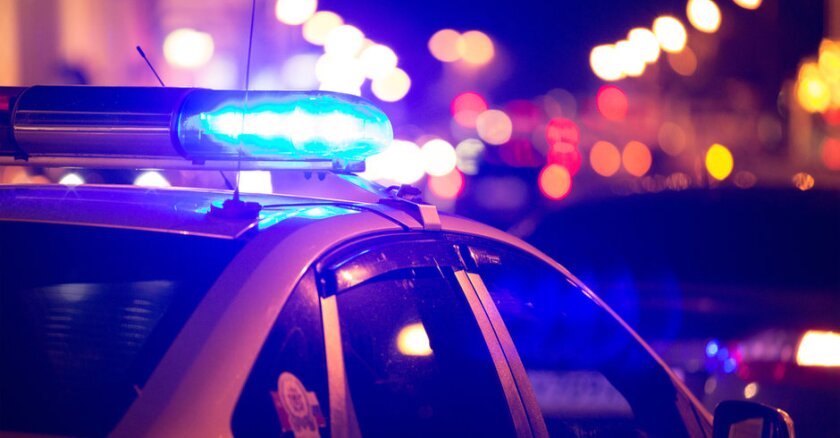Some say it’s the high-tech future of policing. In Tucson, it’s called the policing of “now.”
“Our mission is to leverage technology so we can assist field operations in having the most enhanced intelligence they can have,” Lt. Don Jorgensen said of the unit he leads, the Community Safety and Response Center, or CSARC.
It works as a “virtual” patrol unit to assist officers working in the field.
Without stepping outside, the unit is able to tap into any officers’ body-worn cameras, view nearly 1,000 cameras placed across the city and send up a drone to a scene faster than patrol vehicles can get there.
If there’s an emergency somewhere, like the Tucson Convention Center, Jorgensen and his crew can tune in to the venue’s inside cameras and use them to direct officers to a suspect or those in danger.
“It’s as easy as saying, ‘To your left, 100 feet, there is a door. He just went through that,” Jorgensen said. “It’s about knowing what are my resources, what’s important to know, and how do I get this information out.”
Almost all of the city’s approximately 1,000 cameras currently linked to the CSARC system are in city infrastructure — like water plants or city buildings. Jorgensen’s team hopes to put up an additional 100 to 150 cameras, at a cost of approximately $400,000, over the course of the next year. These will be strategically placed in “high crime” areas.
Jorgensen impressed that his team members are not citizen “camera watchers,” only tuning in to cameras when a crime is underway or the footage could have captured pertinent information.
Cams, computers and cuffs: High-tech policing grows in Tucson
Michelle Scarbrough is one of the analysts working in the new Community Safety Awareness and Response Center. The Tucson Police Department is increasingly using technology to fight crime.
“I think the question that always arises is what exactly this means in terms of ‘big brother’,” Jorgensen said. “We have no intention of doing that. We don’t have the time, technology or resources. This is only for investigative purposes.”
Local Defense Attorney Josh Hamilton said he understands civilian concern as far as privacy is concerned. While he appreciates the technology and the department’s new ability to solve crime, the various cameras could be a cause for concern. Among them: being subject to government surveillance without justification; and cameras placed in high-crime areas could be used to target minorities; where the data goes; how long data is stored and under what circumstances it can be used by law enforcement.
“Different people will have different takes on this, I suppose,” Hamilton said. “But in practice, there are neighborhoods that are being surveyed more than others and whether or not that’s fair is something I would hope the city would look into.”
With less than six months under its belt, CSARC analysts are still learning the depth of what they can accomplish with the tools they have been provided.
“We’re flying the plane as we’re building it,” Jorgensen said. “We’re making a lot of progress.”
Jorgensen said he hopes to see a day when the CSARC room can be run 24/7, but that might not come for some time.
“It’s not a secret that one of the national problems with policing is staffing,” Jorgensen said, but having a CSARC team adds a level of support that’s invaluable. “We are able to be virtual patrol, all over, from our room and utilize technology in a really effective way to get resources where they need to be quickly.”
On giant screens, Jorgensen and his data analysts can see where each officer is moving around town.
They can see whose guns are drawn, whose cameras are rolling and are even able to capture the sound of gunshots throughout the city via gunshot sensor — even when no officer is in sight.
License plate readers are used to capture the movements of stolen vehicles. Street racing could be caught on camera.
And crime suspects who think they’ve made a quick getaway could be tracked virtually or via drone from the sky.
It’s work Jorgensen is proud of, and a program he hopes will prove to be of value to Tucson residents.
“We want to demonstrate our impact and success, and part of that is being able to say that our response time to identify violent crime suspects has gone down,” he said.
“Technology enables us in a way we were not previously able to do. It’s getting resources and eyes on the suspect much, much quicker which means our odds of finding that suspect increases that much more.”
© 2025 The Arizona Daily Star (Tucson, Ariz.). Distributed by Tribune Content Agency, LLC.














